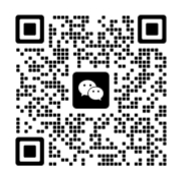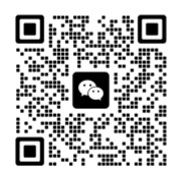Touch points on a USB Capacitive touch screen Panel refer to the specific locations where a user touches the screen. These locations are detected by the touchscreen's sensors and converted into electronic signals, which are then recognized and processed by the device's processor. The accuracy and responsiveness of touch points are critical metrics for evaluating touchscreen performance.
1. Single Touch
Single touch refers to the capability of a touchscreen to detect only one touch point at a time. Early touchscreens mostly supported single touch, suitable for simple operations such as tapping and dragging. Single touch technology is relatively simple and cost-effective but falls short in applications requiring complex gesture operations.
2. Multi-Touch
Multi-touch refers to the capability of a touchscreen to detect multiple touch points simultaneously. Modern smartphones, tablets, and laptops mostly support multi-touch, enabling users to perform complex gestures such as pinch-to-zoom, rotation, and multi-finger swiping. Multi-touch technology significantly enhances user experience, making operations more intuitive and efficient.
3. Detection of Touch Points on USB Capacitive touch screen Panel
The detection of touch points relies on the touchscreen's sensor technology. Capacitive touchscreens determine touch points by detecting changes in the electric field, while resistive touchscreens detect contact points between two conductive layers. Infrared and surface acoustic wave touchscreens determine touch points by detecting the blocking of infrared light and changes in acoustic waves, respectively. The controller processes these signals and converts them into specific coordinate information.
4. Accuracy of Touch Points on USB Capacitive touch screen Panel
The accuracy of touch points refers to the touchscreen's ability to precisely detect and locate touch points. High-accuracy touchscreens ensure that user intentions are accurately recognized, reducing misoperations. Factors affecting touch point accuracy include sensor precision, controller processing capability, and touchscreen resolution.
5. Response Speed of Touch Points on USB Capacitive touch screen Panel
The response speed of touch points refers to the time interval from when a user touches the screen to when the device responds to the operation. Fast response speeds enhance user experience, making operations smoother and more natural. Response speed is influenced by sensor sensitivity, controller processing speed, and the overall performance of the device.
6. Applications of Touch Points on USB Capacitive touch screen Panel
The applications of touch points are extensive, covering various fields from consumer electronics to industrial control. In consumer electronics, touch points are used to enable various gesture operations, enhancing user interaction experience. In industrial control, touch points are used for precise operation and control of equipment, improving production efficiency and safety.
7. Conclusion
Touch points on USB Capacitive touch screen Panel are crucial for enabling human-computer interaction. Their accuracy, response speed, and multi-touch capability directly impact user experience. As technology continues to advance, the detection and processing capabilities of touch points will further improve, allowing touchscreens to play an even greater role in more fields.

 Your message must be between 20-3,000 characters!
Your message must be between 20-3,000 characters! Please check your E-mail!
Please check your E-mail!  Your message must be between 20-3,000 characters!
Your message must be between 20-3,000 characters! Please check your E-mail!
Please check your E-mail! 

